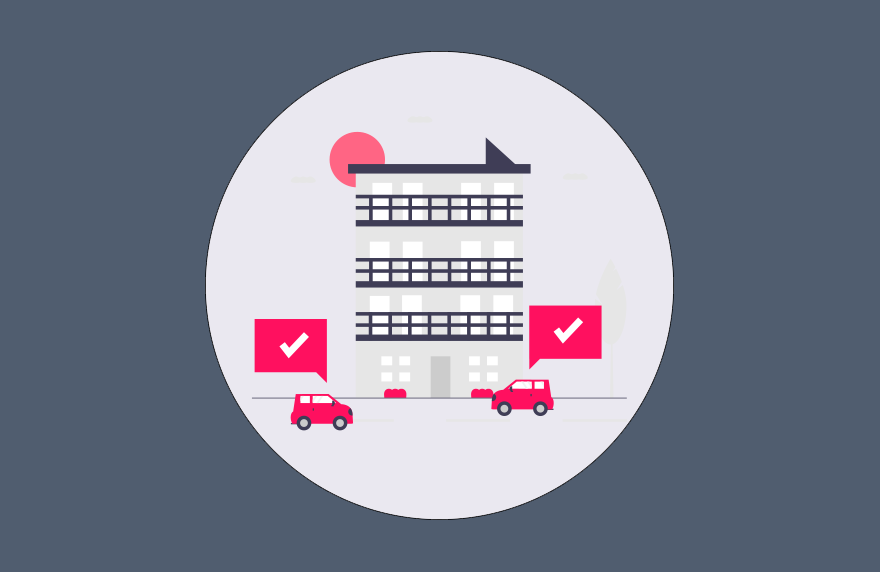As consumers we can all agree that a huge percentage of our purchases, from clothes, and all manner of gifts and homeware are confidently bought online. We know what to expect, the purchasing journey is so ingrained, a series of micro-transactions that happen with us barely even noticing, unless of course, something goes wrong (we’ll touch on this later).
Think about the last time you made an order from Asos, Amazon, or Currys. A bit of research or a browse around the site, a few clicks, a contact form auto-fills with your information, in go your debit or credit card details, the next thing you know your inbox has pinged with a confirmation email and an expectant delivery date. Days later your order arrives, maybe you get a follow-up email asking for a review, or a discount code sent over for your next purchase. It’s all standard and expected, the CRM systems exist and are already working smoothly across the digital realm.
So why isn’t car shopping like this?
Well, for some brands, it is.
Kia and Tesla are shining examples of how to get it right. The customer is at the heart of the process (as they should be). Why would any brand wish to put barriers in place? Car brands should collectively want the same thing; for the customer’s easiest journey to be the purchasing experience, and the second easiest, the first drive home.
Sixty-two percent of purchasers said they would consider ordering their future car online.
– Google/Kantar, U.K., Gearshift, new vehicle purchasers, 2020.
Really think about that statistic for a moment, not only could brands be converting sales sooner, but a sizeable chunk of those shoppers could also be purchasing vehicles from your brand, over your competition, because you’ve set up a seamless digital experience where they have not.
How it can all go wrong
Your potential customer has done their research, they’ve decided on their preferred configuration – model, specs, and colour of their soon to be pride and joy, it’s time to buy! But wait, they’ve realised they have a couple of last-minute questions and can’t find the answers on your website. So, they decide to call the customer care team to get that final necessary detail that’s all that stands between them and the ‘order now’ button.
They quickly discover that there are no 360-degree videos available, so they have to go into a dealership to see an only barely similar model, AND the documents can’t be signed online so they’ll have to return to do admin and return to collect the car, most likely when they wanted a hassle-free delivery.
And even though they’ve created an account and ‘built’ their dream car on your website, the customer care team had to run them through their specification requirements again, it’s time consuming and frustrating for the customer, but your systems aren’t joined up so they can’t access online account info.
That spark of excitement in the customer is long gone, any loyalty to your brand is waning, and you’re about to lose their custom to a competitor who knows how to give customers exactly what they want.
How Edit can help
Edit, and our sister consultancy Join the Dots, are already helping some of the world’s largest brands in major commercial sectors adapt to change by adopting new technology to deliver hyper-personalised customer experiences and revenue growth, driven by intelligent data.
We identify relevant datapoints along the customer journey, unify them, then use segmentation and data science to translate them into easy, actionable insights. This informs outcome driven marketing strategy and campaigning which, in turn, improves the customer experience and increases loyalty.
If you’d like to take a deeper dive into the challenges facing the automotive sector, download our report: Click and Drive: The changing face of car ownership for 2023 and beyond
If this sounds like what your brand needs to help optimise connections with your customers for future success, you can contact us at hello@edit.co.uk for a free consultation.
Our initial free of charge consultation includes an assessment of your organisation’s marketing maturity, MarTech, and customer relationship building abilities followed by a workshop to discuss pathways available to you based on this.











